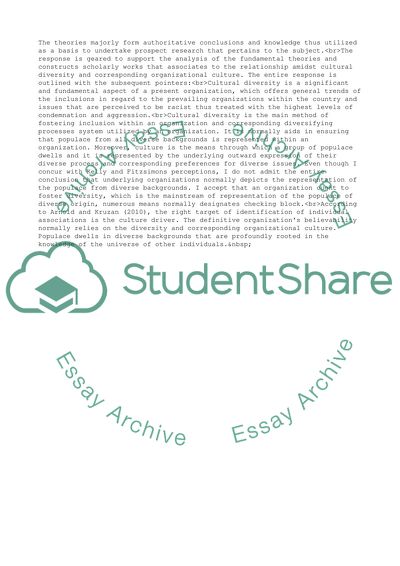Cite this document
(The Analysis of the Fundamental Theories Associated to the Term Paper, n.d.)
The Analysis of the Fundamental Theories Associated to the Term Paper. Retrieved from https://studentshare.org/management/1830308-question-2
The Analysis of the Fundamental Theories Associated to the Term Paper. Retrieved from https://studentshare.org/management/1830308-question-2
(The Analysis of the Fundamental Theories Associated to the Term Paper)
The Analysis of the Fundamental Theories Associated to the Term Paper. https://studentshare.org/management/1830308-question-2.
The Analysis of the Fundamental Theories Associated to the Term Paper. https://studentshare.org/management/1830308-question-2.
“The Analysis of the Fundamental Theories Associated to the Term Paper”, n.d. https://studentshare.org/management/1830308-question-2.


